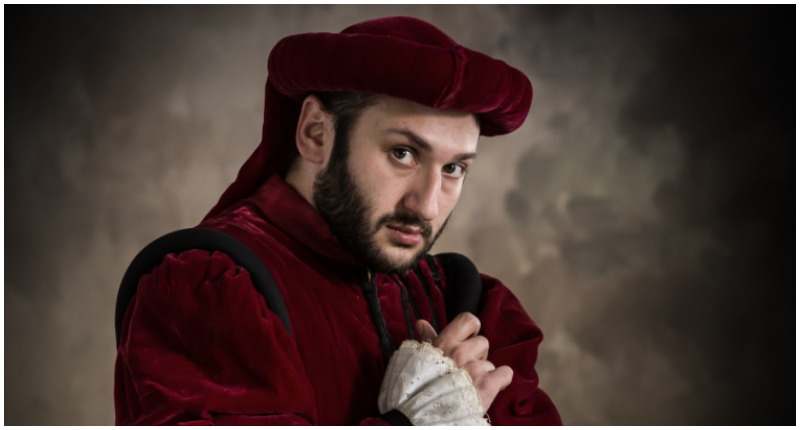The ascent of the Medici family from poor wool farmers to vast political dynasty began with Giovanni di Bicci de’ Medici.
By all accounts a shrewd and innovative businessman, he started as a moneylender in Rome and used the dowry from his marriage to set up a private bank in the center of Florence.
In the early 15th Century, Giovanni won the favor of the Papacy, and the Medici’s gained control of the Papal treasury, becoming the official bankers to Pope Martin V and many subsequent popes after that.
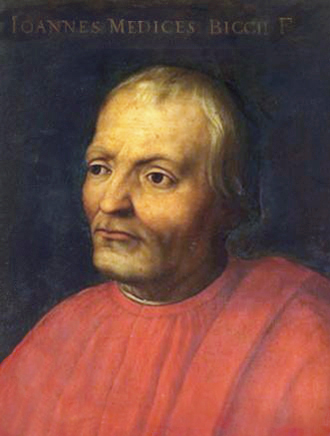
Thanks to its connection to the Church, the Medici bank became the most prominent and most respected in Europe, managing the money of royalty and the merchant classes.
The bank was so influential that they issued their own currency, the florin, which became accepted for trade and commerce.
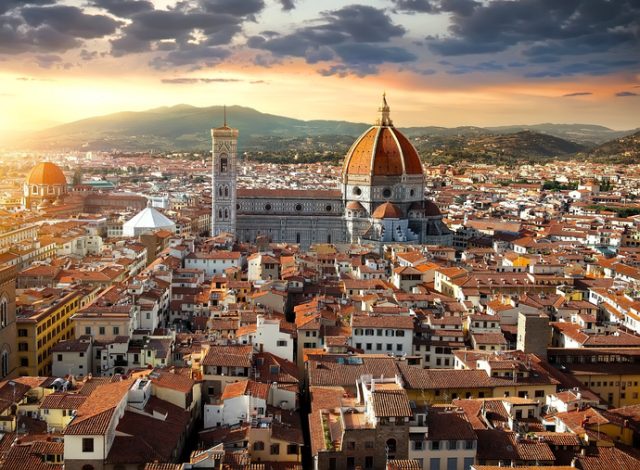
The Medici were also at the forefront of banking innovation, which helped raise their profile among the rich of Europe.
They were one of the first banks to implement double-entry bookkeeping and — thanks to the size of their banking network — they could issue credit across the continent at a time when money lending was a sin.
The bank is considered one of the first multinational holding companies in Europe and at its heyday it had franchises from London to Constantinople.
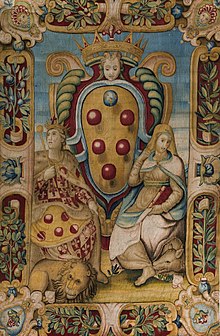
Banking not only made the Medici family rich, but it also made them extremely powerful. While Giovanni was a shrewd banker, his eldest son and heir was an even shrewder politician.
Cosimo de’ Medici used his wealth and diplomacy to become the first of the Medici to rule the Republic of Florence from the shadows.

Cosimo resisted having a political title but was widely known as the first among equals. An observer at the time of his rule said: “Political questions are settled in Cosimo’s house. The man he chooses holds office… He it is who decides peace and war… He is king in all but name.”
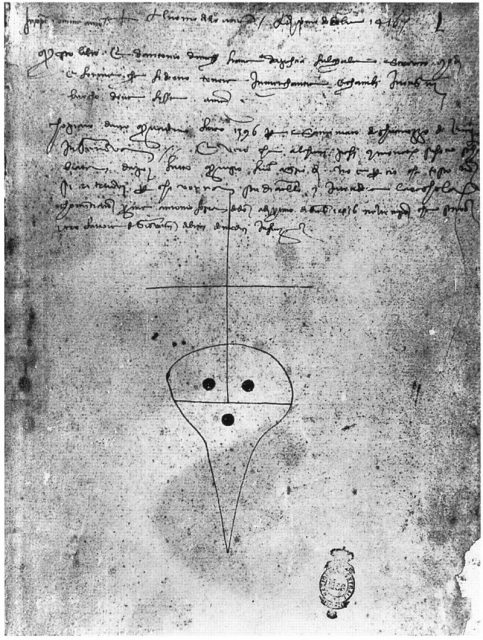
Under the auspices of Cosimo de’ Medici, the Palazzo Medici and the Duomo di Firenze were completed, and the first public library of Florence was built that was free for all to use. Cosimo also supported, among others, the artist Donatello and commissioned the first Latin translation of the complete works of Plato.
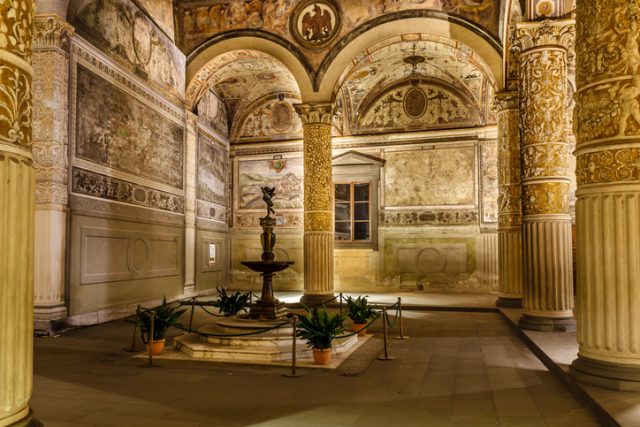
Cosimo’s heir, Piero de’ Medici, was a sickly man who had no love for the arts and was often in bed suffering from chronic gout.
He managed to hold onto power in Florence for five years before passing it on to his son Lorenzo.
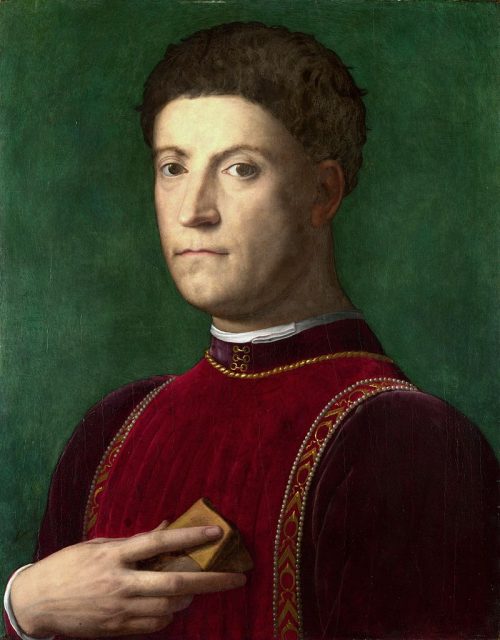
Lorenzo de’ Medici was the last great ruler of the Medici banking dynasty, and perhaps it’s greatest patron.
Unlike his father before him, but thanks to the education his wealth provided, Lorenzo was a great diplomat and became known as Lorenzo Il Magnifico (the Magnificent).
Among his successes was peace between the northern principalities and a rise in the general standard of living in Florence.
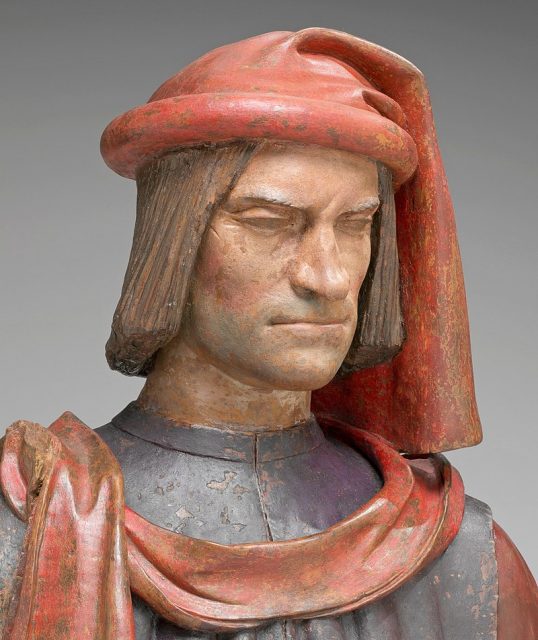
During his reign, Florence became the epicenter for arts. Great thinkers and painters of the Renaissance were welcomed and cared for at the Medici Academy, and Medici money financed almost all the greats of the era including da Vinci, Botticelli, and Michelangelo.
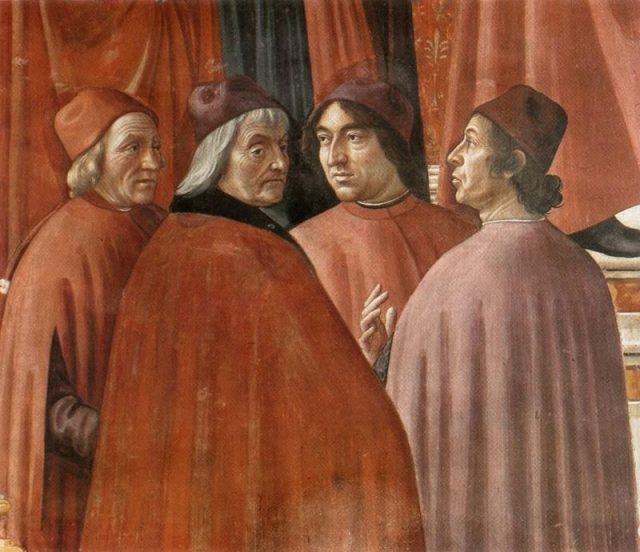
Unfortunately, Lorenzo was not so magnificent at finances. After series of bad investments and shady dealings, the bank of the Medici fell into liquidation. By this time, the Medici dynasty was so powerful that it had branched out of politics in Florence into the Papacy of Rome.
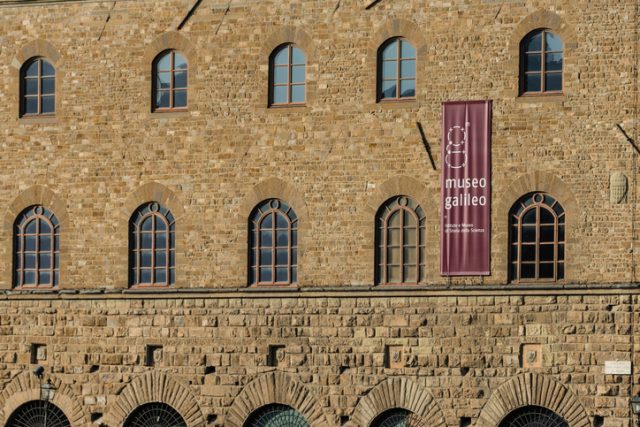
The first of four Medici Popes was Lorenzo’s son Giovanni, who became Pope Leo X. The Papacy at the time was corrupt and power hungry; the word “nepotism” has its roots from this period of papal rule.
Leo X was no different from his peers, and he seems to have ruled Rome as a kingship rather than a holy land, driving the papal states into unpopular wars and huge debts that paved the way for Martin Luther’s Protestant Reformation.
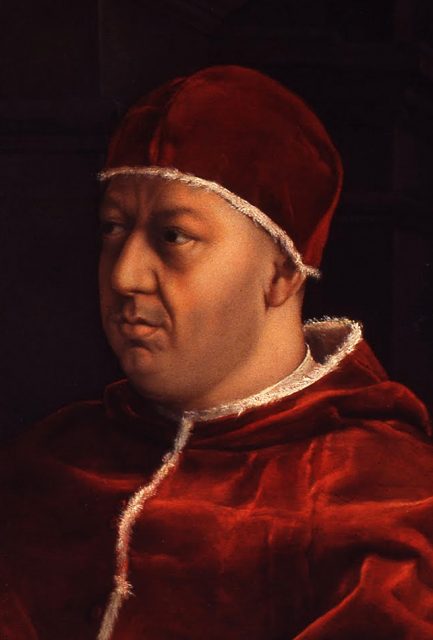
In keeping with Medici tradition, it was the Medici pope Clement VII who commissioned Michelangelo’s ‘The Last Judgement’ and Raphael’s ‘The Transfiguration.’
He also approved of the ideas of Copernicus and was generally considered a good leader. Unfortunately for Clement, his rule coincided with the Sack of Rome and the separation of England from the Catholic Church under Henry VIII.
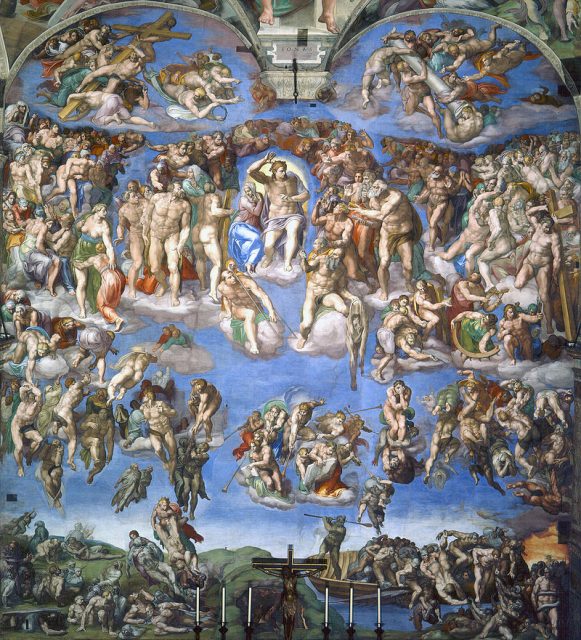
Cracks began to show during the 17th century, and the inevitable decline of the Medici dynasty had begun.
They are perhaps most famous during this time for their patronage and eventual betrayal of Galileo under pressure from the Inquisition.
By the 18th century, the pursuit of power had bankrupted the dynasty and infighting had decimated the line of succession. Europe was in turmoil and continued warfare threatened to overwhelm Florence.
To save the centuries of artifacts the Medici had amassed, Anna Maria Luisa de’ Medici signed a pact, handing over the Republic of Florence to the Tuscan State and in return, none of the Medici property could leave Florence.
Read another story from us: The Female Pope who Gave Birth in the Streets of Rome
Unlike the Medici bloodline, Florence has survived the ravages of time and thanks to the art collections of the Medici, it is one of the main tourist destinations in Italy.
